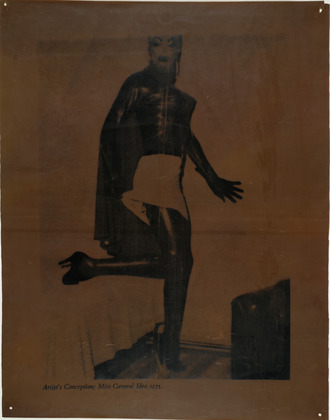I once tried to talk somebody out of pursuing a mail-order bride, a young Filipino who for a relatively modest fee would agree to move to Spokane, Wash., and start a new life with a complete stranger. Among the many questions raised by this half-baked plan was: How could you marry someone you had never met?
The case of Manti Te’o, the Notre Dame linebacker and finalist for college football’s highest honor, and his fake dead girlfriend takes this question to a whole new level. How can someone claim to have fallen in love with a woman he never met?
The answer, in part, is what’s wrong with love and courtship for a generation that values digital encounters over the more complicated messiness of real human interaction. As my colleague Alex Williams reported in a widely discussed piece a few days ago, screen time may be more important than face time for many 20- and 30-somethings. “Dating culture has evolved to a cycle of text messages, each one requiring the code-breaking skills of a cold war spy to interpret,” said Shani Silver, 30, in the story.
Technology, with its promise of both faux-intimacy and a protective sense of removal, does not alone explain the bizarre and still unfolding story of Te’o, who claimed that the love of his life died of leukemia last September after also suffering from a serious car crash. […] Te’o never actually met his phantom lover. Never. No face time. The entire relationship was electronic. And yet she was likely to become his wife, according to Te’o’s father. […]
The woman either existed, and then died, or didn’t exist, and therefore couldn’t have died at such a young and tender age. […] The digital girlfriend, Te’o said in an interview last October, two months before he found out the fraud, “was the most beautiful girl I ever met. Not because of her physical beauty, but the beauty of her character and who she is.” […] There was a picture, from their online encounters, of a lovely woman, a Stanford student, supposedly. There was a voice, from telephone conversations, of someone as well. And that someone finally called him up in early December and said the whole thing was a hoax perpetuated by an acquaintance in California, according to Deadspin, which broke the story.
“The pain was real,” said Swarbrick. “The grief was real. The affection was real. That’s the nature of this sad, cruel game.” No, that’s the nature of people who develop relationships through a screen. […]
To fall in love requires a bit of unpredictable human interaction. You have to laugh with a person, test their limits, go back and forth, touch them, reveal something true about yourself. You have to show some vulnerability, some give and take. At the very least, you have to make eye contact. It’s easier to substitute texting, tweeting or Facebook posting for these basic rituals of love and friendship because the digital route offers protection. How can you get dumped when you were never really involved?
{ NY Times | Continue reading | Thanks Rob }






















